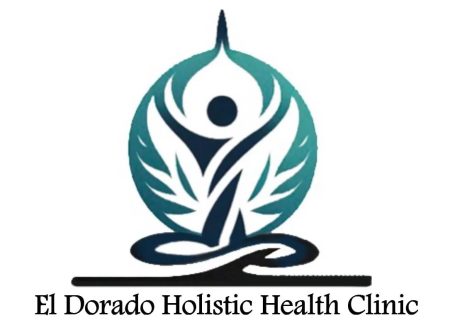Bone and Muscle Strength
Healthy Aging: Best Practices for Maintaining Bone and Muscle Strength
As we age, staying active and keeping our bones and muscles strong becomes more important than ever. Maintaining strength helps with balance, flexibility, and overall health, making it easier to stay independent and active. Let’s explore some of the best practices to support bone density, muscle mass, and mobility as we age.
1. Prioritize Weight-Bearing and Resistance Exercises
- Why It Helps: Weight-bearing activities like walking, jogging, and resistance training stimulate bone cells to grow, slowing the natural bone density loss that occurs with age. Resistance exercises like lifting weights or using resistance bands also build muscle strength.
- How to Start: Aim for 30 minutes of weight-bearing activity daily, and include strength training exercises two to three times per week. Start light and gradually increase resistance to avoid injury.
2. Ensure Adequate Protein Intake
- Why It Matters: Protein is essential for muscle repair and growth, especially as our ability to process protein decreases with age.
- Sources to Include: Lean meats, fish, eggs, beans, and dairy products are great sources of protein. Plant-based options like quinoa, tofu, and lentils are also excellent. Aim for around 0.8-1 gram of protein per kilogram of body weight daily.
3. Include Calcium-Rich Foods in Your Diet
- Why It’s Key: Calcium is the building block of bones. Regular calcium intake can help slow bone density loss, reducing the risk of osteoporosis.
- Foods to Try: Dairy products, leafy greens, almonds, and fortified plant milks are high in calcium. The recommended daily intake for adults over 50 is 1,200 mg, which can often be met through diet and, if needed, supplementation.
4. Get Enough Vitamin D
- Why It Helps: Vitamin D helps the body absorb calcium and is crucial for bone health. It also plays a role in muscle function, reducing the risk of falls.
- How to Get It: Spend 10-15 minutes in the sun each day, and include vitamin D-rich foods like salmon, fortified milk, and egg yolks. If you’re in a less sunny area, a vitamin D supplement may be beneficial.
5. Practice Balance and Flexibility Exercises
- Why It Matters: Good balance and flexibility reduce the risk of falls and improve overall mobility, making it easier to stay active.
- Exercises to Try: Yoga, tai chi, and Pilates improve balance and flexibility. Adding a few stretches or a balance exercise, like standing on one foot, into your daily routine can improve coordination and prevent injury.
6. Limit Alcohol and Avoid Smoking
- Why It’s Important: Excessive alcohol can interfere with calcium absorption, while smoking weakens bones and muscles over time.
- How to Implement: Stick to moderate alcohol consumption (up to one drink a day for women and two for men), and avoid smoking for optimal bone and muscle health.
7. Stay Hydrated for Muscle Health
- Why It Helps: Hydration supports joint lubrication, muscle function, and nutrient delivery to cells, making it crucial for bone and muscle health.
- How to Do It: Aim for at least 8 glasses of water daily, or more if you’re active. Carry a water bottle or set hydration reminders to stay on track.
8. Incorporate Foods Rich in Magnesium and Vitamin K
- Why It Matters: Magnesium aids in calcium absorption, while vitamin K supports bone density and helps prevent fractures.
- What to Include: Nuts, seeds, dark leafy greens, and fish are good sources of magnesium. For vitamin K, load up on leafy greens like kale and spinach.
The Bottom Line: Small Steps for Big Benefits
Healthy aging starts with proactive choices, and these simple habits can support bone and muscle strength for years to come. By combining good nutrition, regular exercise, and lifestyle adjustments, you’re setting yourself up for an active, resilient future. Here’s to a lifetime of strength and vitality! 🌟
© Copyright. All rights reserved.
We need your consent to load the translations
We use a third-party service to translate the website content that may collect data about your activity. Please review the details in the privacy policy and accept the service to view the translations.
